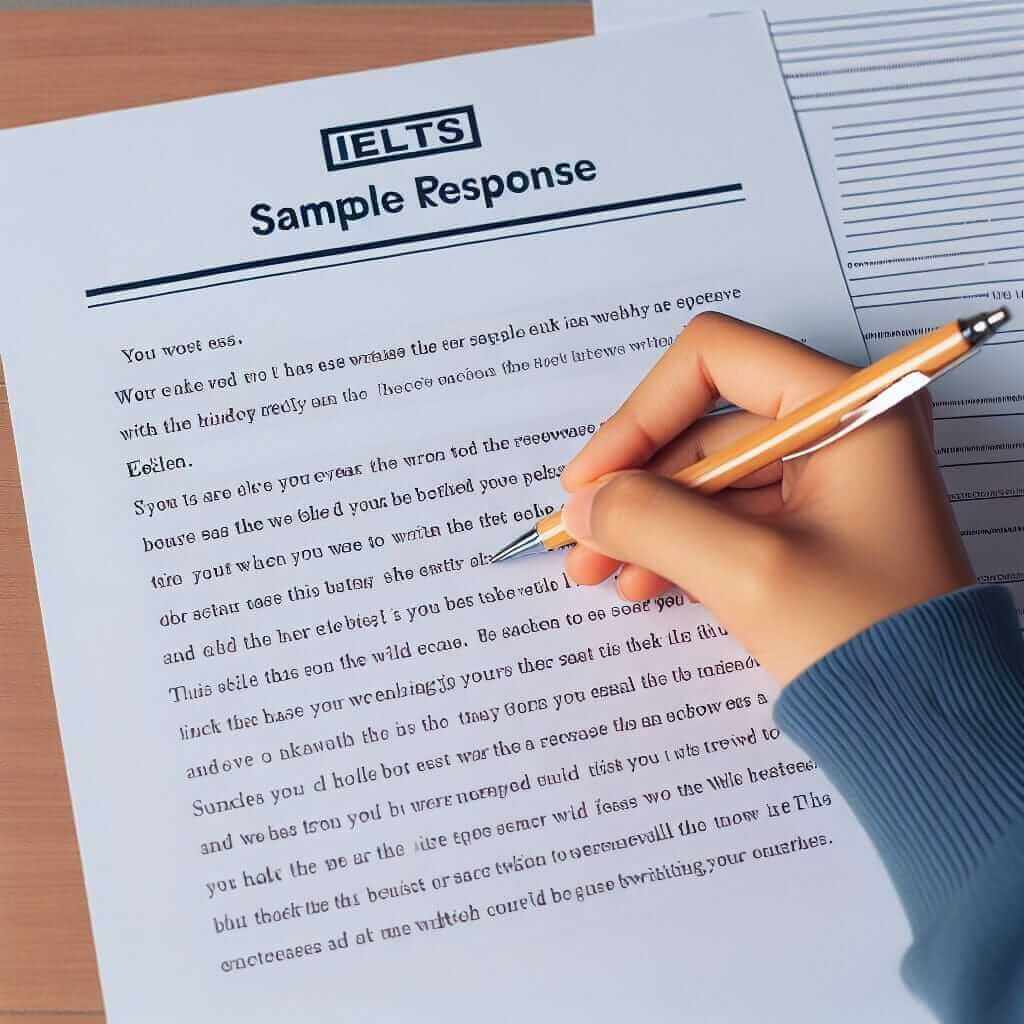As an IELTS instructor with over 20 years of experience, I often get asked about handwriting in the IELTS exam, particularly for the Writing test. Many students worry whether their handwriting will impact their score. So, let’s address the question: “Is your handwriting easy to read for other people in IELTS?”
Nội dung bài viết
- Understanding the Importance of Legible Handwriting
- How to Ensure Your Handwriting is Suitable for IELTS
- 1. Practice Consistent Letter Formation:
- 2. Maintain Uniform Spacing:
- 3. Use a Pen that Suits You:
- 4. Consider Print or Cursive:
- Example from IELTS Writing Task 2
- Tips for Improving Your Handwriting Before the IELTS
- Conclusion
Understanding the Importance of Legible Handwriting
While the IELTS Writing test doesn’t have a specific criterion solely dedicated to penmanship, the readability of your handwriting is crucial. Why? Because examiners need to understand what you’ve written to assess your grammar, vocabulary, coherence, and task achievement accurately. If your handwriting is illegible, it hinders their ability to understand your ideas and arguments, potentially affecting your score.
How to Ensure Your Handwriting is Suitable for IELTS
Now, you might be wondering, “What can I do to ensure my handwriting is clear enough for the IELTS?” Here are some practical tips:
1. Practice Consistent Letter Formation:
Pay attention to the shapes of your letters. Ensure they are distinct and properly formed. Avoid unnecessary flourishes or overly stylized writing that could hamper readability. Regular practice can help you achieve consistency.
2. Maintain Uniform Spacing:
Adequate spacing between letters, words, and lines is essential for clarity. Cramped writing can be difficult to decipher, while excessive spacing can make it challenging to follow the flow of your writing. Find a balance that enhances readability.
3. Use a Pen that Suits You:
Choosing the right pen can significantly impact your handwriting. Experiment with different pen types – ballpoint, gel, or fountain – to find one that allows you to write smoothly and legibly. Blue or black ink is generally preferred for formal exams.
4. Consider Print or Cursive:
Whether you choose print or cursive is a matter of personal preference. The key is consistency and legibility. If you switch between the two styles within your writing, it can create confusion for the examiner.

Example from IELTS Writing Task 2
Imagine you’re presented with the following task:
“Some people believe that the best way to improve public health is by increasing the number of sports facilities. Others, however, believe that other measures are required in addition to this. Discuss both views and give your own opinion.”
Now, regardless of how brilliant your arguments are and how well-structured your essay is, if the examiner struggles to decipher your handwriting, it will inevitably affect their understanding and, consequently, your score.
Tips for Improving Your Handwriting Before the IELTS
- Practice Regularly: Dedicate a few minutes each day to handwriting practice. You can write sample essays, practice writing prompts, or simply copy text from a book or article.
- Seek Feedback: Show your writing to a teacher, friend, or family member and ask for honest feedback on its legibility.
- Time Management: During the actual exam, allocate sufficient time for writing and reviewing. Don’t rush through the writing process, as this can negatively impact your handwriting.
Conclusion
Remember, while perfect calligraphy isn’t expected, legible handwriting is essential for effectively communicating your ideas in the IELTS Writing test. Implementing the tips mentioned above can help you improve your handwriting and ensure that your hard work and knowledge are appropriately recognized by the examiners. Good luck!